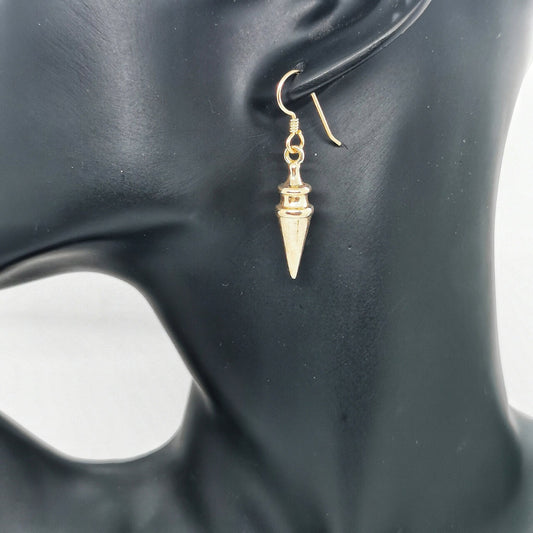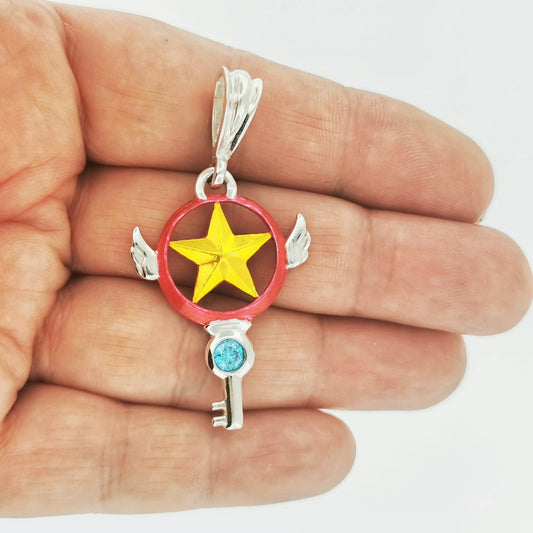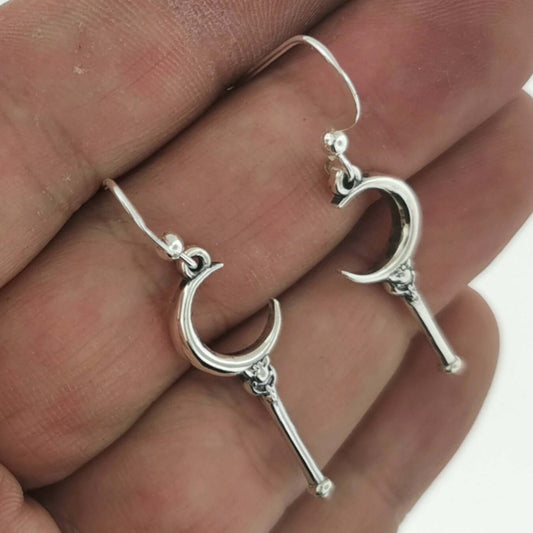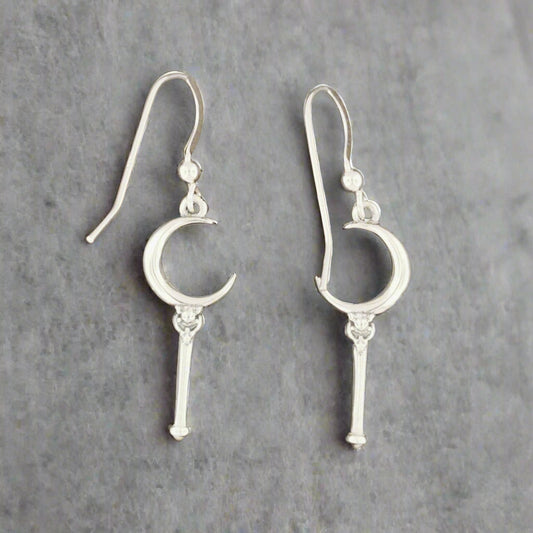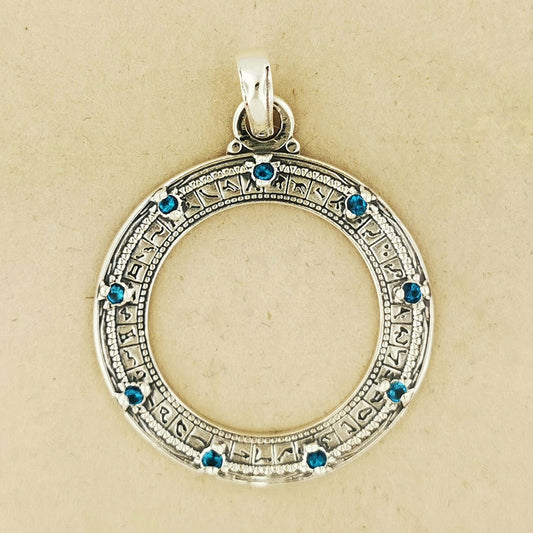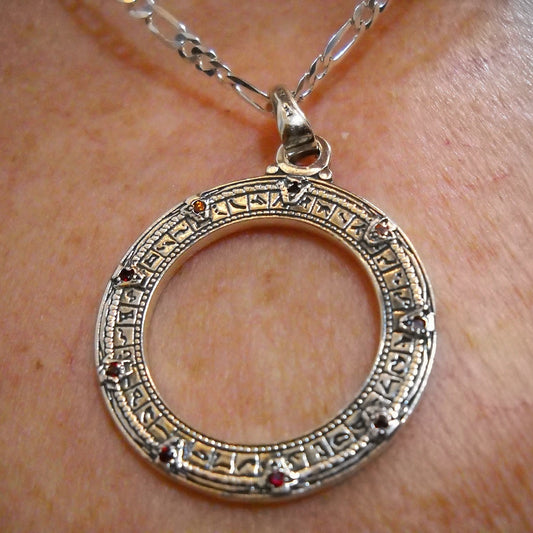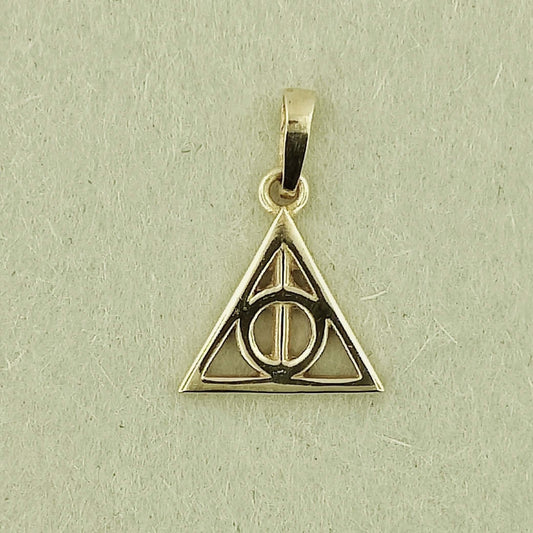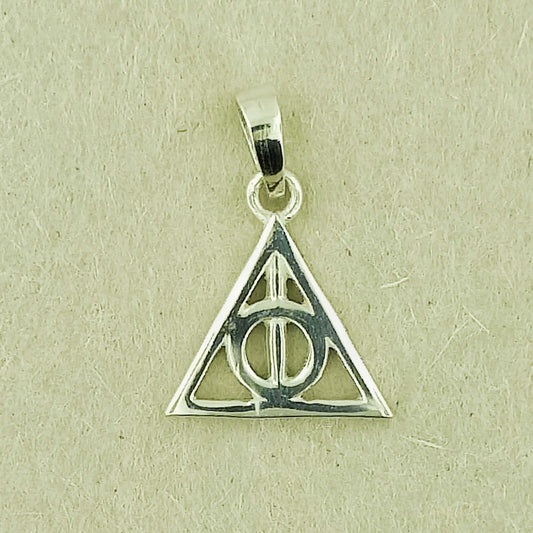Understanding Firescale in Jewellery: A Normal Part of the Craft
Firescale, also called firestain, is a common occurrence during the casting, soldering and/or annealing processes of jewellery making. It's a reddish or purplish stain that can appear on the surface of silver or gold jewelry. This is perfectly normal and an unavoidable part of the traditional jewellery crafting process. While it may look concerning, it's a common issue that jewellers deal with regularly.
Photo Credit: https://www.jewellerybusiness.com
Why Firescale Happens
Firescale occurs when copper present in sterling silver alloys reacts with oxygen at high temperatures. This reaction forms a layer of oxides on the surface, which is what we see as firescale. This reaction typically happens when the metal is exposed to prolonged heating during processes such as casting, soldering and/or annealing. The resulting firescale can penetrate deep into the metal, making it challenging to remove completely.
Casting: Casting involves pouring molten metal into a mold to create a desired shape. During the casting process, the metal is heated until it becomes liquid. This extreme heat causes the copper in sterling silver to oxidize when exposed to oxygen. As the metal cools and solidifies in the mold, the firescale formed during the molten stage remains on the surface. This firescale can be quite challenging to remove because it forms during the critical phase of shaping the metal.
Soldering: During soldering, jewellery is heated to high temperatures to melt the solder, allowing it to bond pieces together. The high heat needed for soldering causes copper in sterling silver alloys to react with oxygen, forming oxides. This reaction creates a layer of firescale. Since soldering involves prolonged exposure to high temperatures, it's a common process where firescale can occur.
Annealing: Annealing is the process of heating metal to soften it, making it more workable. Similar to soldering, annealing involves heating the metal to high temperatures. When sterling silver is annealed, the copper content reacts with oxygen in the air, producing firescale. The prolonged heating during annealing allows firescale to form, and if not controlled, it can penetrate deep into the metal, making it harder to remove.
Firescale is an indication that your piece has been through the necessary steps to achieve its final, beautiful form. Experienced jewellers have techniques to minimize its appearance, but a slight hint of it can sometimes still be visible.
Managing and Removing Firescale
It's important to understand that firescale does not affect the quality or durability of your jewellery. In fact, it's a testament to the authentic handcrafting process.
Many jewellers go through extra steps, such as pickling and polishing, to reduce firescale. Additional techniques such as using flux during soldering, which acts as a barrier against oxygen, helps dissolve the oxide layer. However, completely eliminating it can sometimes be challenging without compromising the piece itself. So, if you notice a slight hue, know that it's part of what makes your piece unique and special.
A Mark Of True Hand Crafted Jewellery
If you ever have concerns or questions about firescale on your jewellery, I'm here to help. Remember, each handcrafted item carries its own story, and firescale is just one of the many elements that add to the character and charm of your jewellery.
Thanks for reading,




